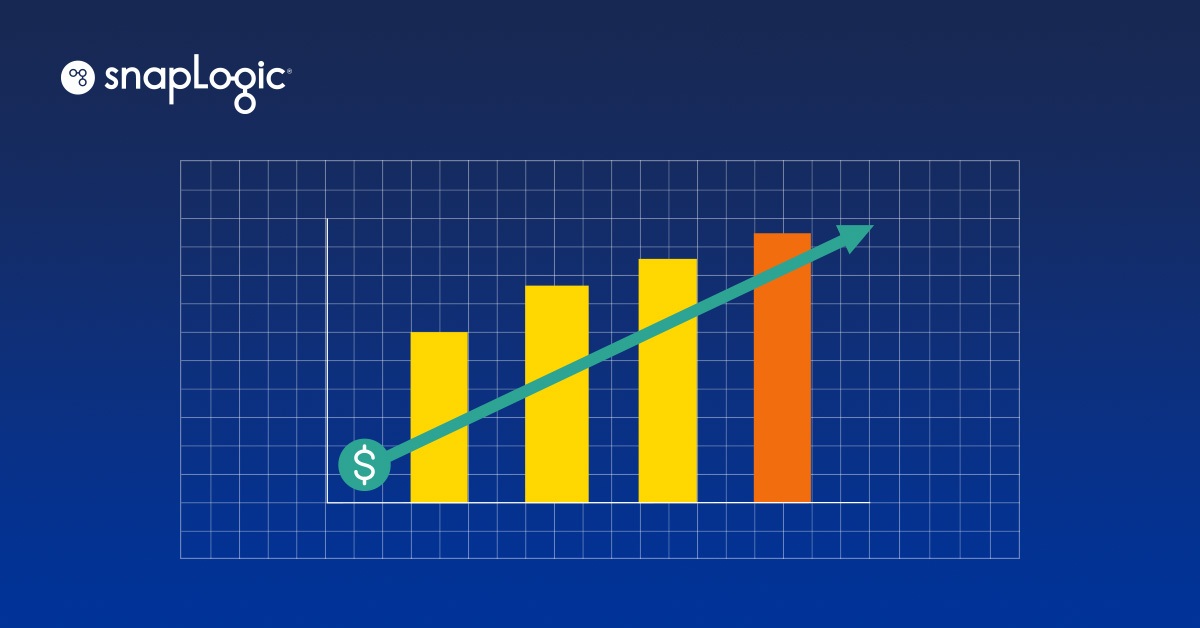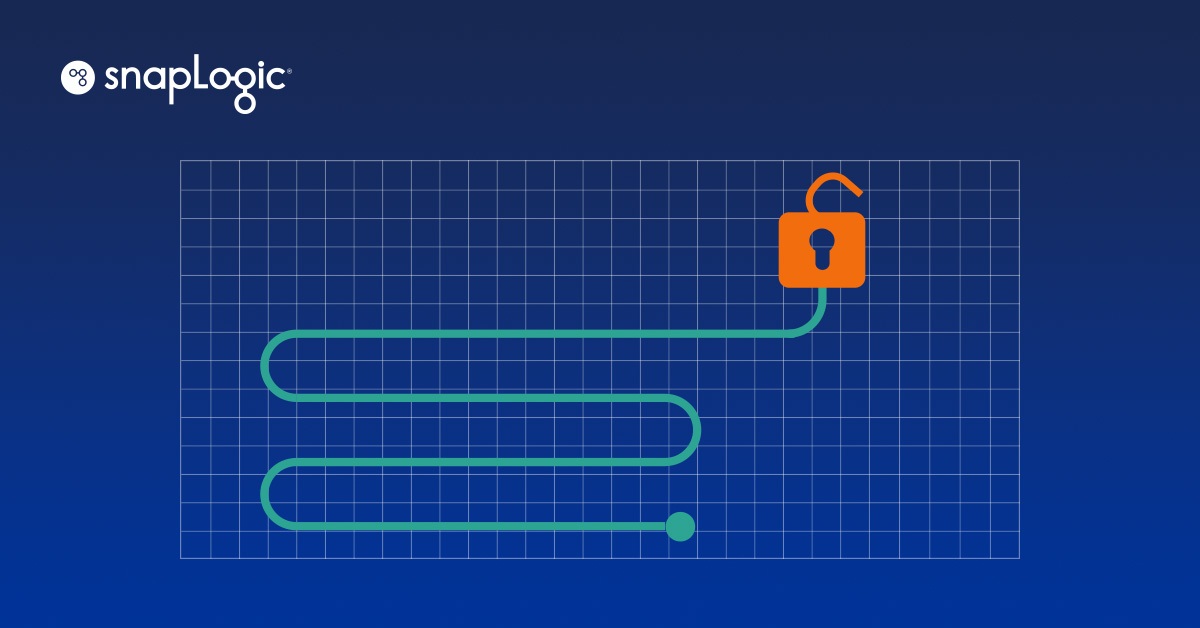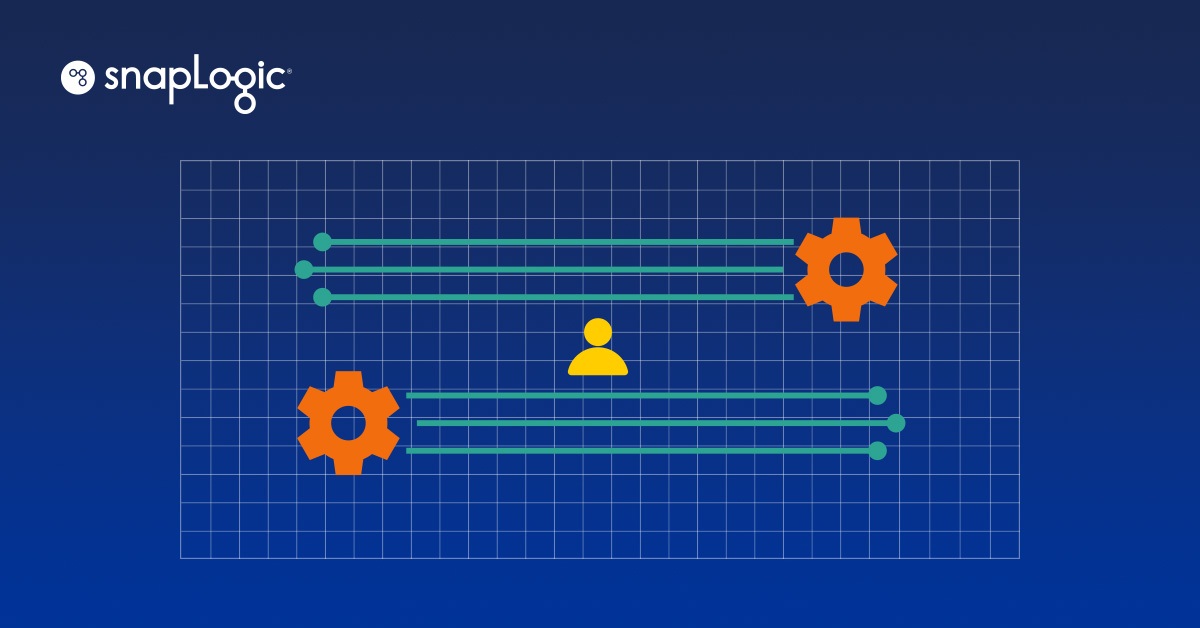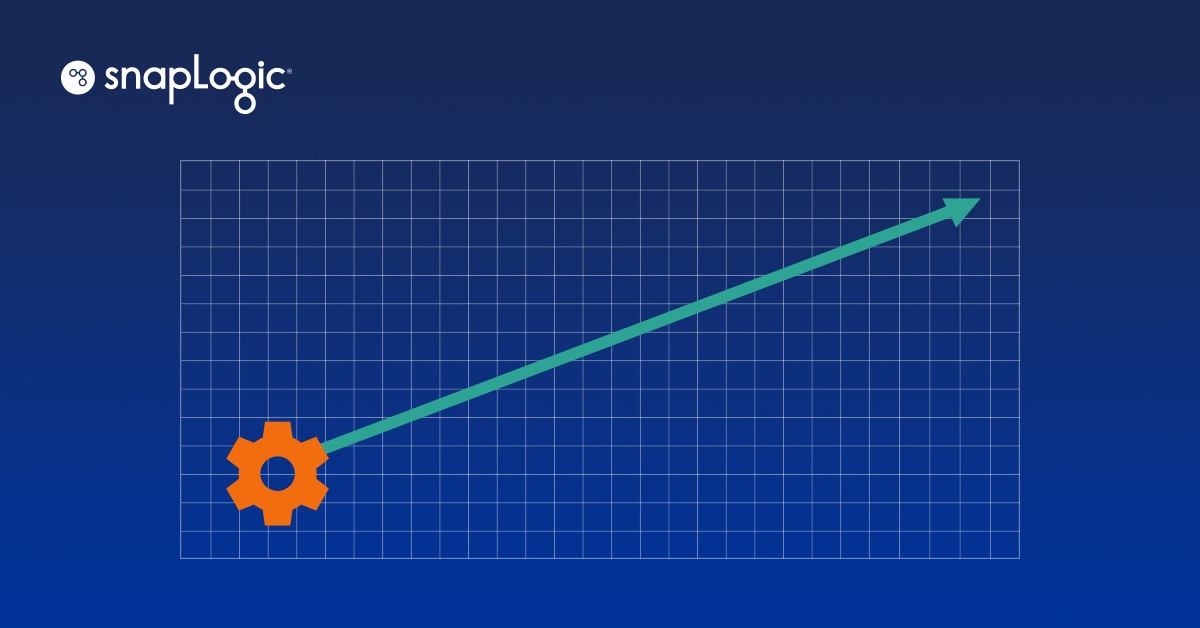In the ever-evolving landscape of enterprise Software-as-a-Service (SaaS) companies, the ability to monetize data and services has become increasingly important. With the rise of API-driven economies and the flexibility of GraphQL interfaces, companies need robust integration platforms like SnapLogic to create monetization opportunities for their customers or partners.
SnapLogic can be employed in an OEM or embedded manner to empower enterprise SaaS companies to take new product development approaches that can unlock new revenue streams. We’ve outlined some top benefits of SnapLogic for API management and GraphQL support, and five monetization models that can be easily deployed as a result.
The power of embedded SnapLogic for enterprise SaaS
SnapLogic is an integration platform that enables the seamless connection of applications, data sources, and APIs. It provides a unified environment for designing, deploying, and managing integrations.
Integration flexibility
SnapLogic supports a wide range of connectors and pre-built intelligent integrations, allowing SaaS companies to easily connect to their customers’ systems, data sources, and third-party APIs. Any integrations built with SnapLogic can also easily be exposed as API endpoints.
Rapid development
With a low-code / no-code drag-and-drop interface and pre-built Snap connectors, the development and deployment of integrations can be greatly accelerated, reducing time-to-market for monetization initiatives.
Scalability and reliability
Cloud-native architecture ensures scalability and high availability, critical for handling increasing data volumes and maintaining service reliability.
API management
Full lifecycle API management capabilities are accessible through the same low-code / no-code graphical interface. This allows SaaS companies to seamlessly combine application and data integration, exposing the outputs as APIs with a suite of governance and security policies such as rate limiting, OAuth and role authorization. There is also flexibility with both API design-first or process/pipeline-first creation, suitable for both developers and non-developers.
GraphQL support
SnapLogic also provides support for GraphQL, enabling SaaS companies to consume data and services through GraphQL interfaces, enhancing flexibility and developer experience.
A GraphQL interface may be better suited than traditional APIs for a range of use cases such as:
Flexible data retrieval
Clients have the ability to specify the exact data they need, enabling fine-grained control over data retrieval. This is particularly useful in scenarios where clients require varying combinations of data fields or want to avoid over-fetching. By allowing clients to define their data requirements, GraphQL minimizes the need for multiple API endpoints with fixed response structures.
Mobile and single-page applications (SPAs)
GraphQL is well-suited for mobile and SPA development, where minimizing the amount of data transferred over the network is crucial. Clients can request only the necessary data, reducing the payload size and optimizing performance. Additionally, the ability to retrieve related data in a single request eliminates the need for multiple round trips to the server, improving the efficiency of mobile and SPA applications.
Rapid iteration and front-end development
Introspection capabilities enable clients to query the schema and understand available data and relationships. This promotes faster front-end development as developers can explore the schema, experiment with queries, and iterate quickly without relying on backend changes. It empowers front-end teams to work autonomously and efficiently.
Aggregating data from multiple sources
GraphQL excels in scenarios where data needs to be aggregated from multiple APIs or data sources. By defining a single GraphQL schema that integrates various data sources, developers can retrieve and combine data from different systems with a single query. This simplifies data integration and reduces complexity, making it an ideal choice for data-centric applications that rely on multiple backend services.
Real-time updates and subscriptions
Real-time updates and subscriptions are supported out of the box. With GraphQL subscriptions, clients can establish a persistent connection to the server and receive real-time updates when relevant data changes. This makes GraphQL a suitable choice for applications that require real-time communication and live data updates, such as chat applications, collaborative tools, or real-time analytics dashboards.
Developer experience and productivity
GraphQL’s self-documenting nature and strongly-typed schema provide a superior developer experience. Clients can explore the schema, understand available data structures, and benefit from auto-completion and type-checking in their development tools. This leads to improved productivity, reduced errors, and better collaboration between frontend and backend teams.
API versioning and evolution
Forward and backward compatibility are promoted by allowing the addition or deprecation of fields in the schema without breaking existing clients. This makes it easier to evolve APIs over time without forcing clients to update their code or manage different versions. It provides more flexibility in maintaining and evolving APIs in a backward-compatible manner.
While traditional APIs have their strengths, GraphQL’s flexibility, efficiency in data retrieval, real-time capabilities, and developer experience make it a compelling choice for the use cases referenced above. However, it’s important to evaluate the specific requirements and trade-offs of each use case to determine the most suitable approach.
5 API monetization models for enterprise SaaS companies
Enterprise SaaS companies leveraging SnapLogic can explore various monetization models to create new revenue streams. We’ve outlined a few examples:
1. API access fees
Charge customers or partners for accessing the APIs or GraphQL interfaces. Employ pricing models like pay-per-call, subscription-based plans, or tiered pricing based on usage limits or features.
2. Data usage fees
Monetize valuable or unique data by charging fees based on the volume or frequency of data accessed or consumed through the APIs. Ideal for APIs providing real-time or large-scale data streams. SnapLogic provides API audit and activity logging to help enable both access and usage fee reporting.
3. Freemium and premium features
Offer a basic version of the API or GraphQL interface for free, and charge for premium features, enhanced data sets, or higher usage limits. This model allows users to experience the value before upgrading to paid plans.
4. Data licensing and partnerships
License data to other organizations for specific use cases or limited periods. Form partnerships with companies interested in featuring their offerings through your APIs, charging fees for exposure or promotional opportunities.
5. Value-added services
Provide additional services or features on top of the API or GraphQL interfaces. This may include analytics, data enrichment, customizations, or consulting services, which can be monetized separately or bundled with API access.
Get to revenue faster with embeddable API management and GraphQL
Enterprise SaaS companies can leverage SnapLogic in an OEM or embedded model to create monetization opportunities through APIs and GraphQL interfaces. By carefully considering critical factors, adopting suitable monetization models, and understanding the potential benefits, SaaS companies can unlock new revenue streams, foster customer engagement, and gain a competitive edge.
To learn more about how SnapLogic APIs and GraphQL can be applied to enhance monetization opportunities in your new product development processes, please reach out to us at [email protected].








